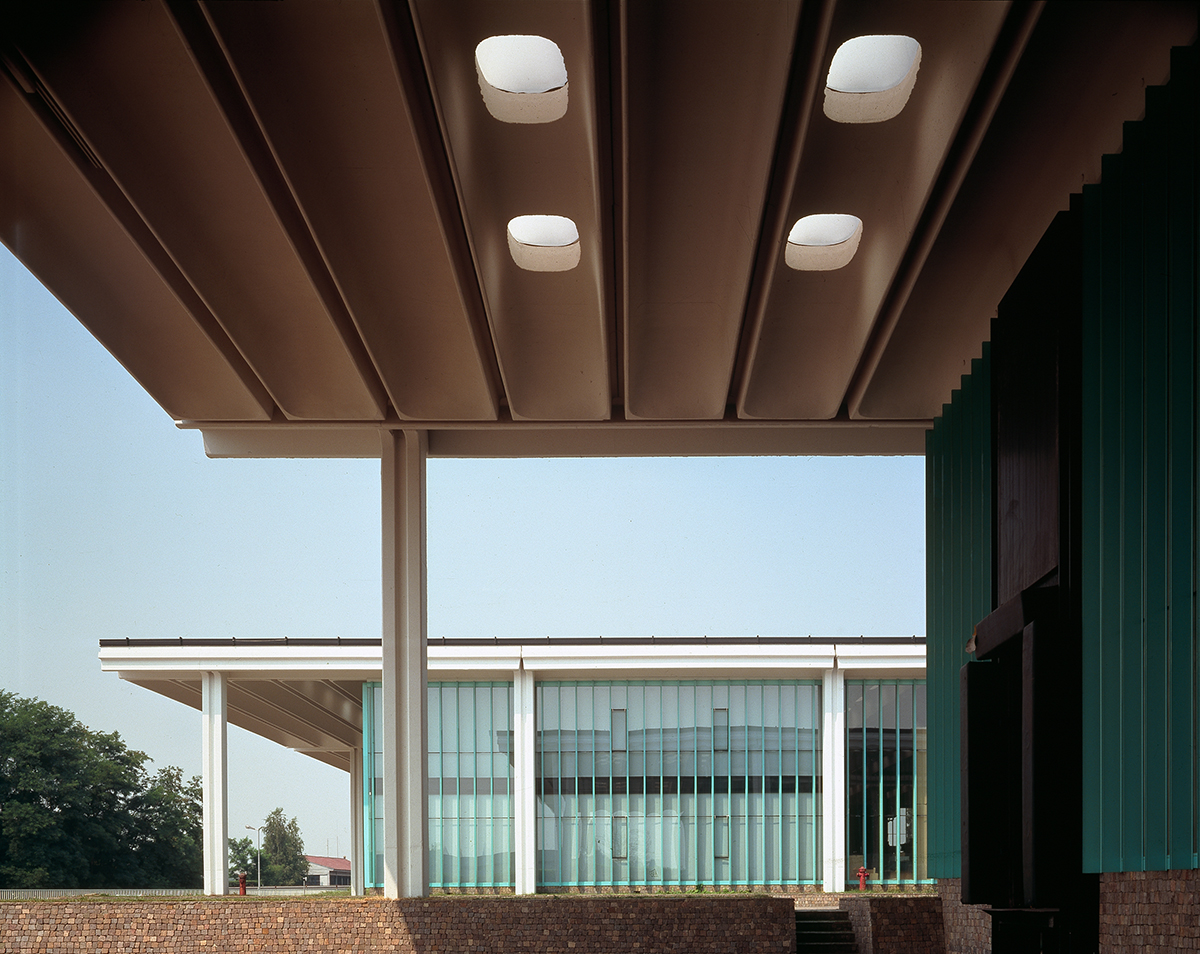Past exhibitions
Ingenious Wood @MolteniMuseum | Angelo Mangiarotti. When Structures Take Shape
Ingenious Wood @MolteniMuseum
From November 9, 2023, to January 31, 2024, the Molteni Museum will showcase a journey through the creative genius of Aldo Rossi and his monumental partnership with the Molteni Group with a retrospective exhibit of his work, coinciding with the XXII Settimana della Cultura d'Impresa (Business Culture Week).
Entitled ‘Ingenious Wood’, the exhibit takes its name from an Aldo Rossi quote about his work.
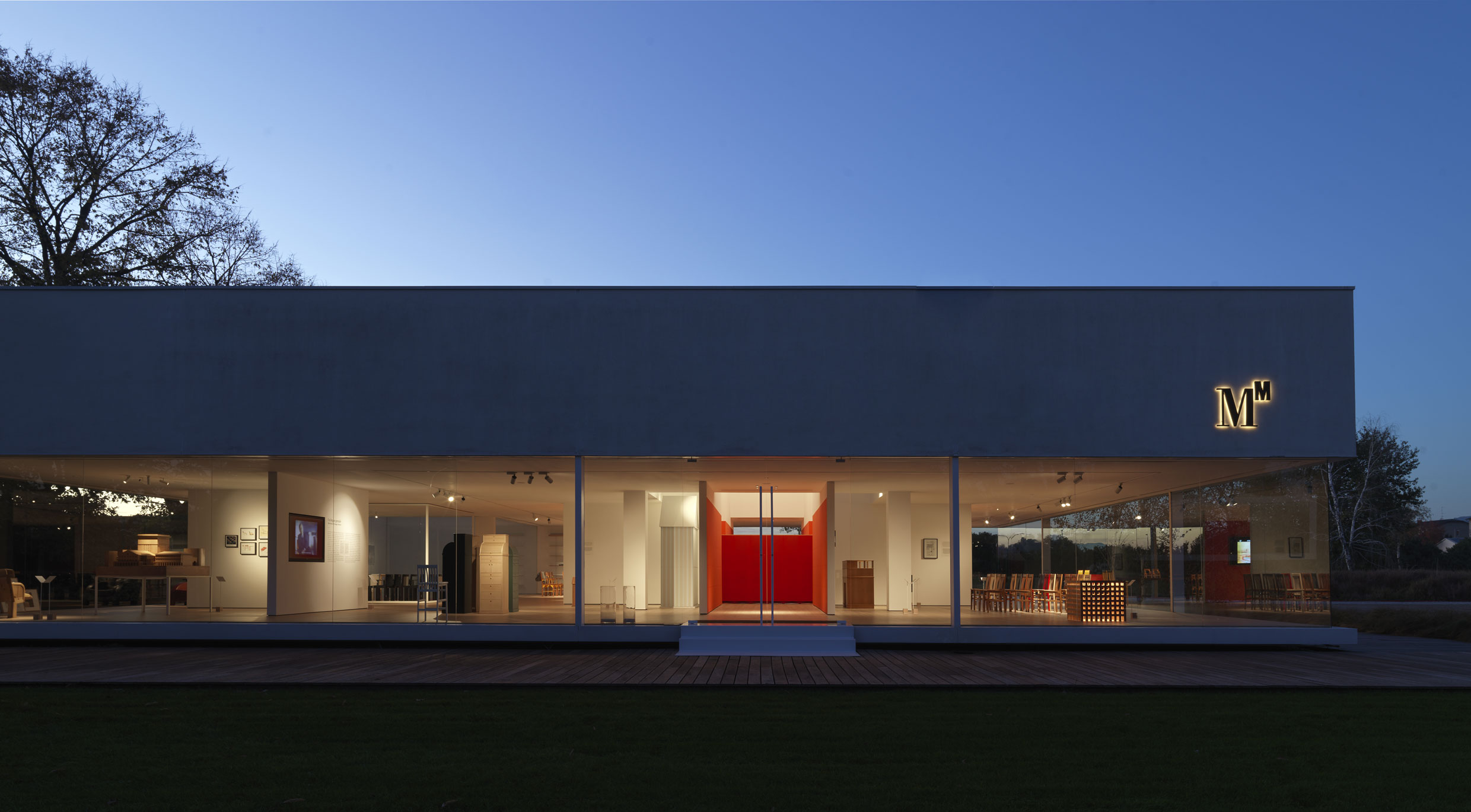
“When I design furniture I always remember that strange piece of wood that might have become a piece of furniture, but was destined to be a puppet, that finally became Pinocchio. It was an ingenious piece of wood, of course, but these things might even happen.”
– Aldo Rossi, 1990
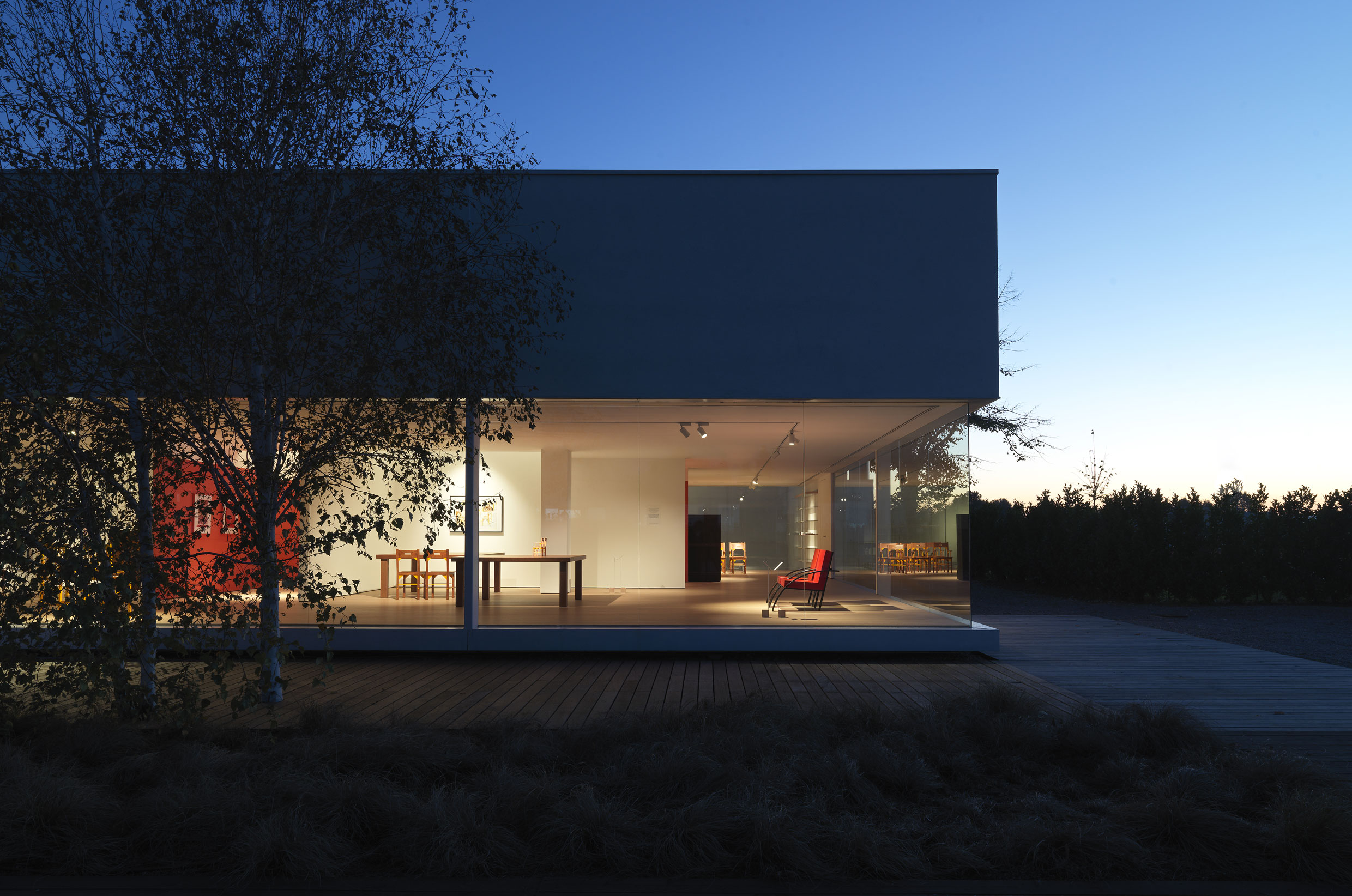
The new exhibition design by Ron Gilad in collaboration with the Aldo Rossi Foundation brings together furniture and drawings by the 1990 Pritzker Prize winning architect, in addition to archival documents and evidence of his esteemed collaboration with the Molteni Group.
The focal point of the retrospective is the Teatro chair (1982), the first project designed by Rossi in collaboration with his friend and colleague (and fellow Molteni&C heritage designer), Luca Meda, and a piece that holds special significance in furniture design history.
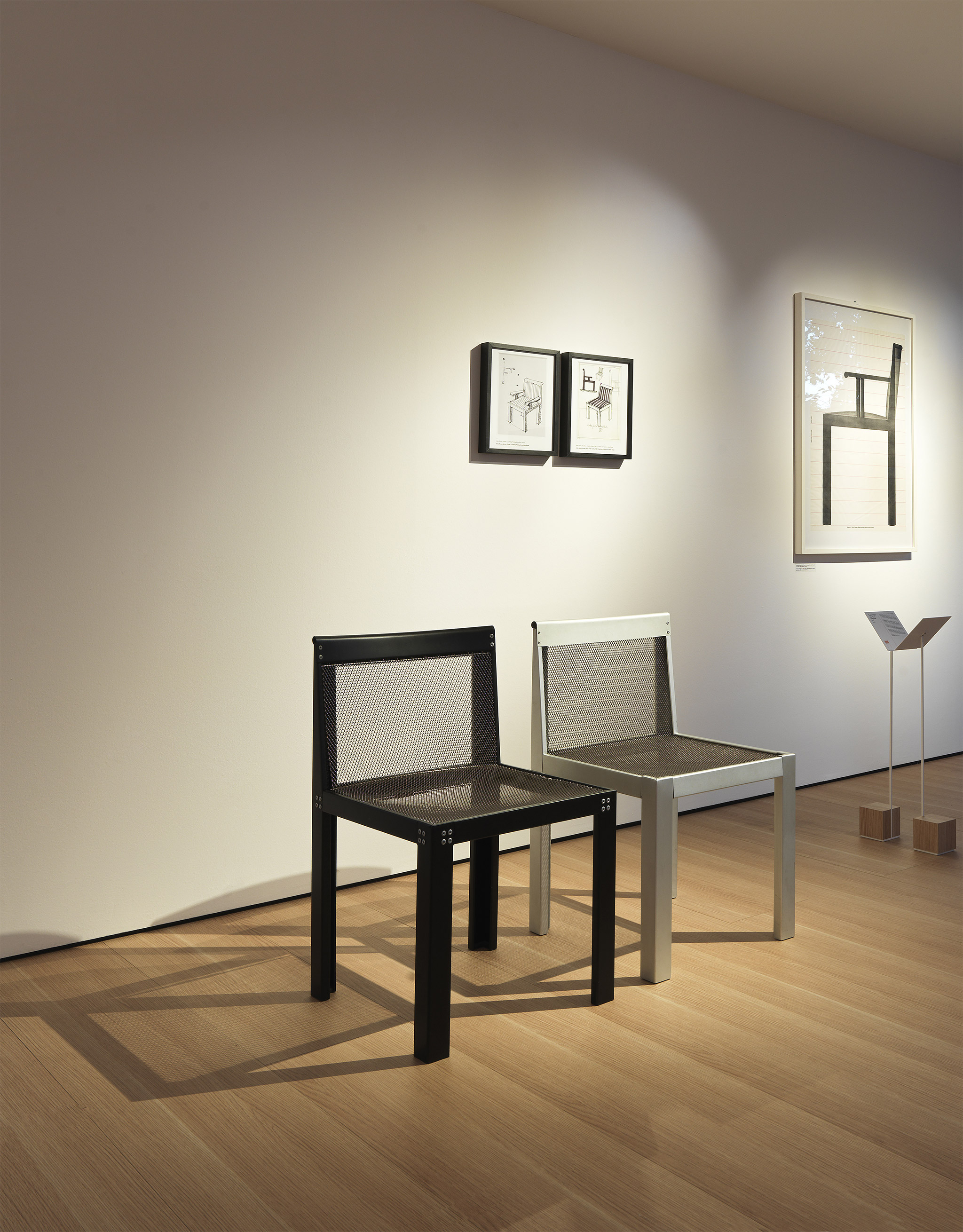
Aldo Rossi’s partnership with Molteni Group gave birth to a series of iconic and surprising furniture designs, including the Parigi armchair (UniFor, 1989) and the Piroscafo cabinet (Molteni&C, 1992). In addition, an array of other works drew parallels with Rossi’s architecture, such as the Capitolo series (Molteni&C, 1982-1988), the Carteggio secretaire (Molteni&C, 1987), the Cartesio modular system (UniFor, 1994) and the Consiglio table (UniFor, 1991), which form a 'catalogue of architectural elements' at the heart of Rossi's design universe.

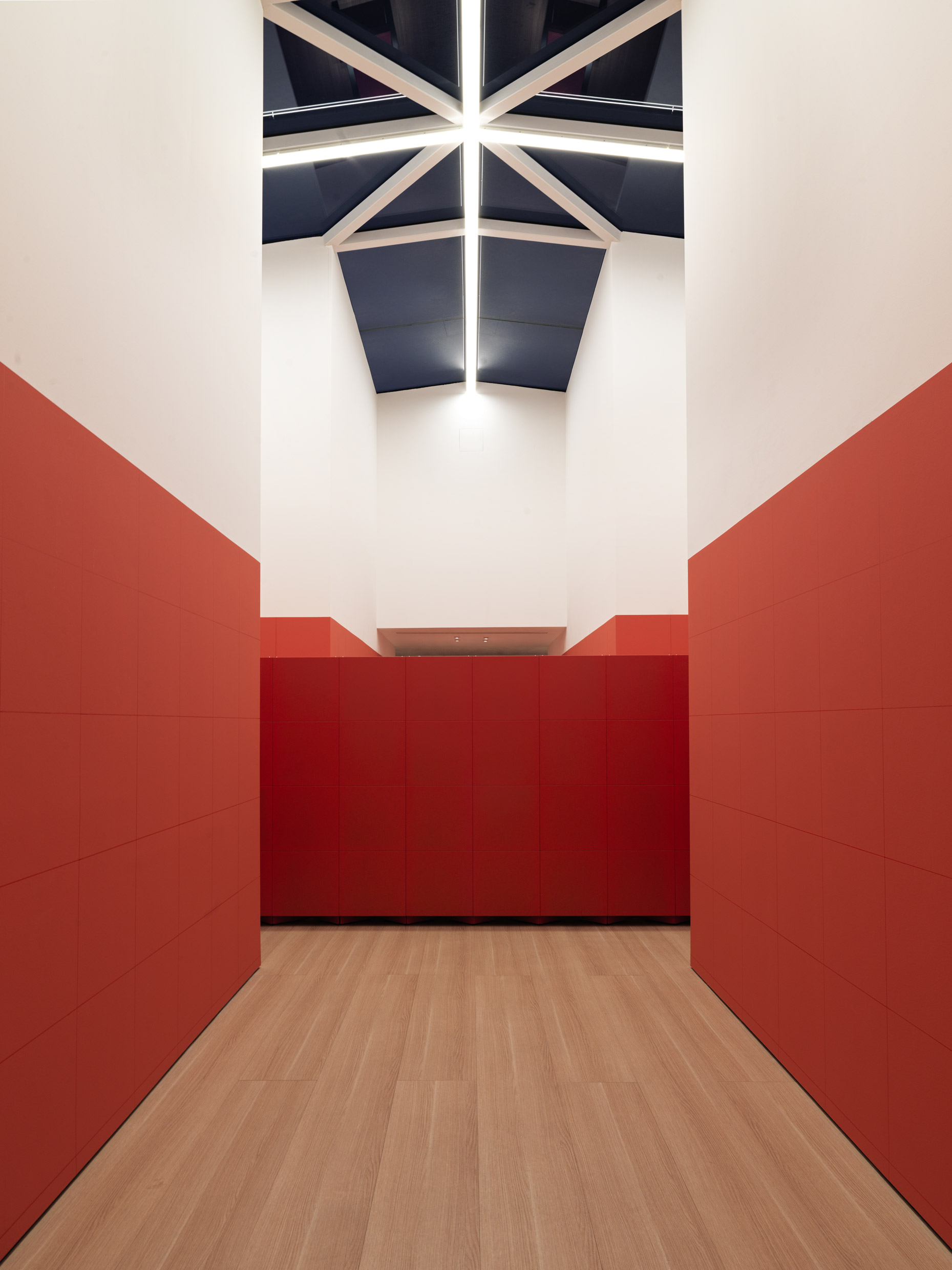

Revealing the architect's more poetic side, other pieces draw on the memory of classical seating, for example the Milano chair (Molteni&C, 1987), inspired by a human or animal skeleton. Paired with the Papyro desk (Molteni&C, 1989), Rossi’s vision was to build an enveloping space around the body, dedicated to study, reading, and drawing.
The Molteni&C and UniFor furnishings on display feature vintage editions of designs that are still in production or that have been recently reissued. Some are no longer produced but remain present in the company's memory and in the collections at the Molteni Museum.
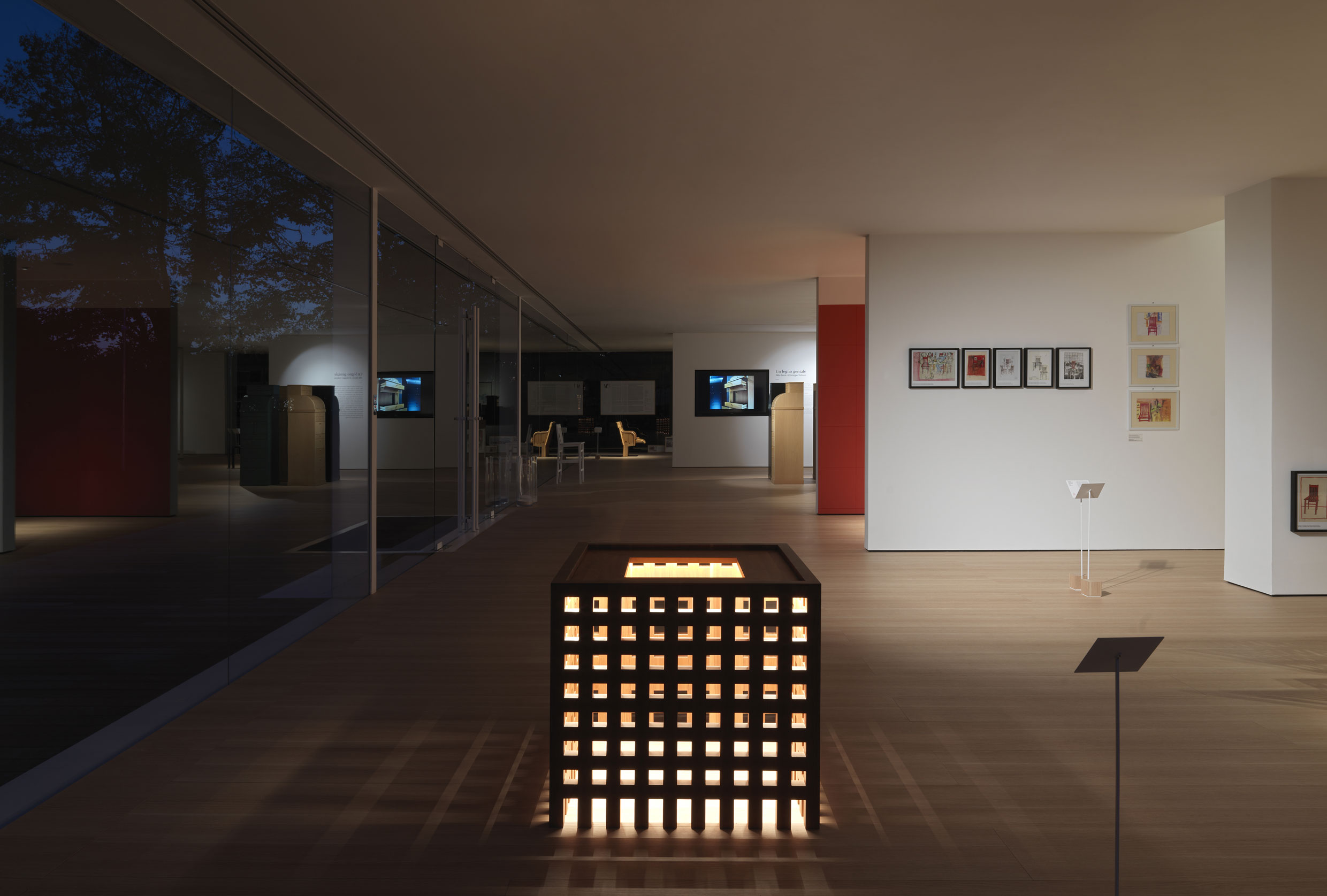
In addition to the whimsical and deeply autobiographical approach Aldo Rossi brought to his designs, the ‘Ingenious Wood’ exhibit traces the dialog with his teams who interpreted his ideas through the production of his furniture pieces as well as the development architectural projects. The latter include the Carlo Felice Theatre in Genoa (1982-1996) the Bonnefanten Museum in Maastricht (1990-1994), and the construction of displays for his solo exhibits, from Centre Pompidou in Paris to the De Beurs van Berlage Foundation in Amsterdam.
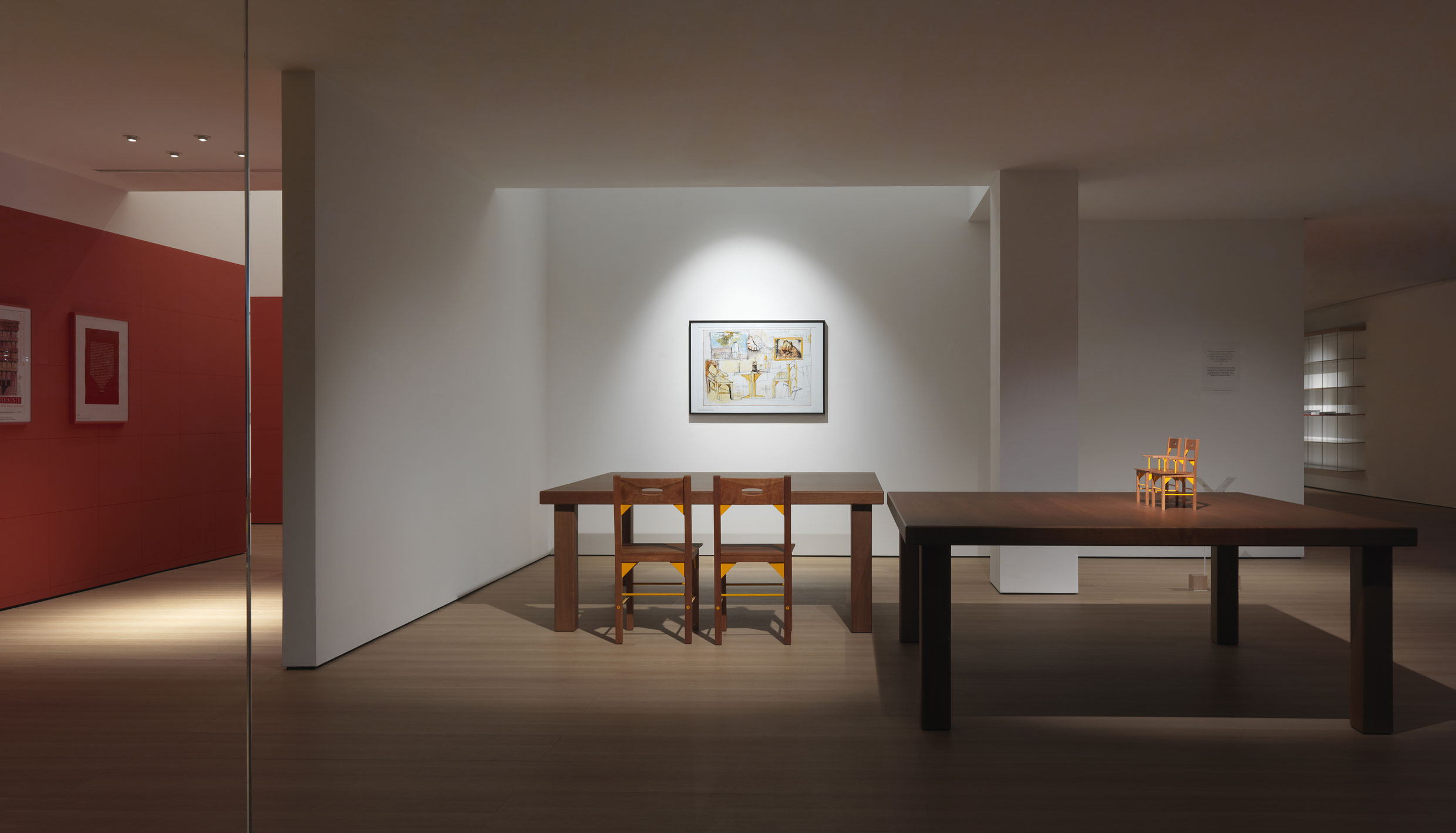
Angelo Mangiarotti. When Structures Take Shape
The Molteni Group, on the occasion of Museocity, presents "Officina Mangiarotti @ Molteni Museum"; an in-depth exploration, curated by Fulvio Irace and with the exhibition design by Ron Gilad, dedicated to the relationship between Angelo Mangiarotti (1921-2012) and the Molteni Group: a strong and longstanding bond, capable of spanning architecture, design, and sculpture.
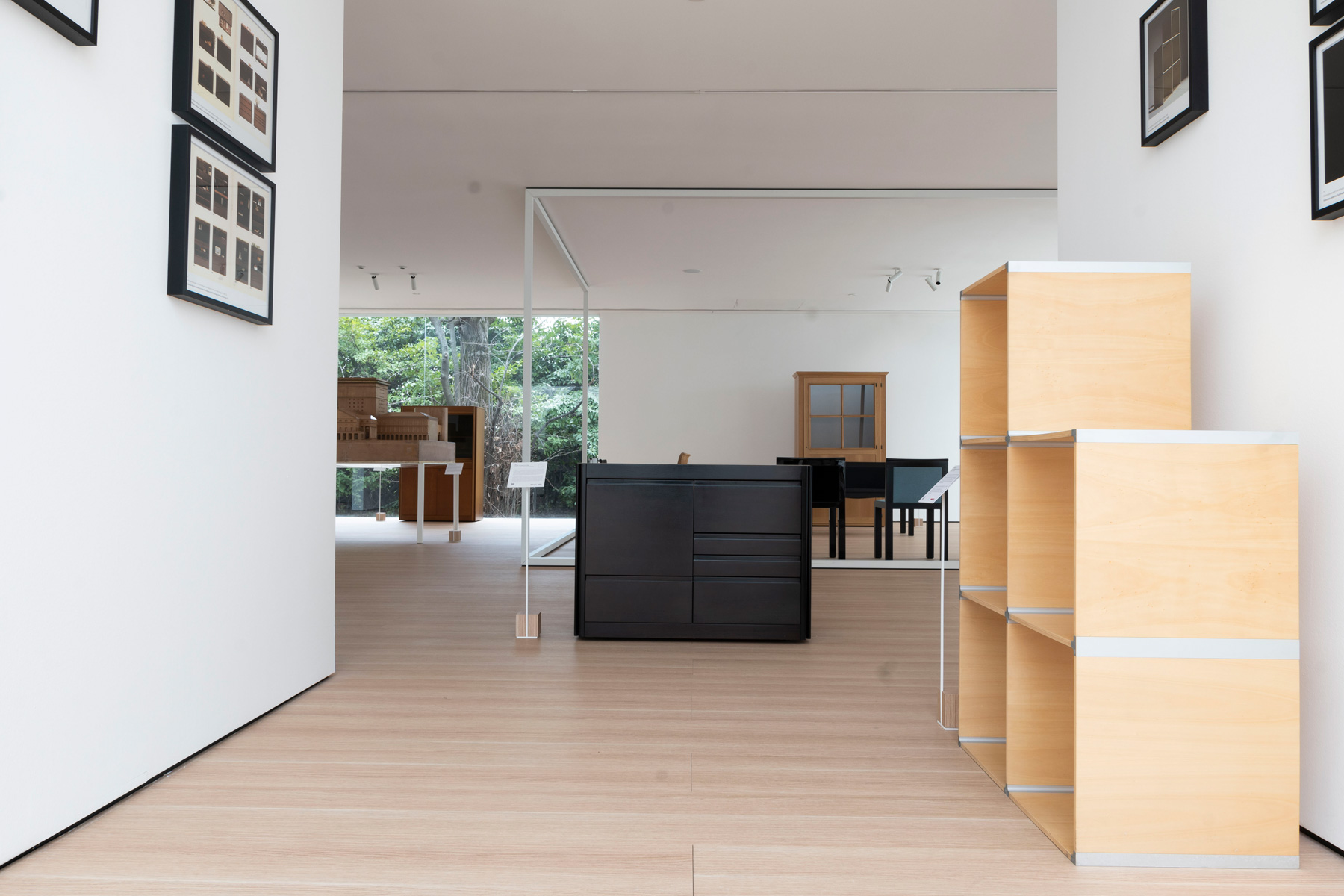
In the 1960s, as Molteni&C was preparing to dedicate its entire production to designer furniture, abandoning that of traditional furnishings, Angelo Mangiarotti was already a well-established architect and designer of certain renown.
Among his notable creations is the innovative 4D modular system designed in 1966 for the entrepreneur Michele Casaluci: an array of simple, interchangeable, and combinable elements, characterized by vertical angular details that were both functional and aesthetically pleasing at the same time.
Angelo Molteni was so impressed that he acquired Casaluci of Rovellasca and transformed it into UNIFOR EMME 3, incorporating the 4D system into the Molteni&C catalog and marking a turning point towards modernity. He was so convinced of its potential that he also commissioned the same architect to build the innovative new UniFor facility in Turate.
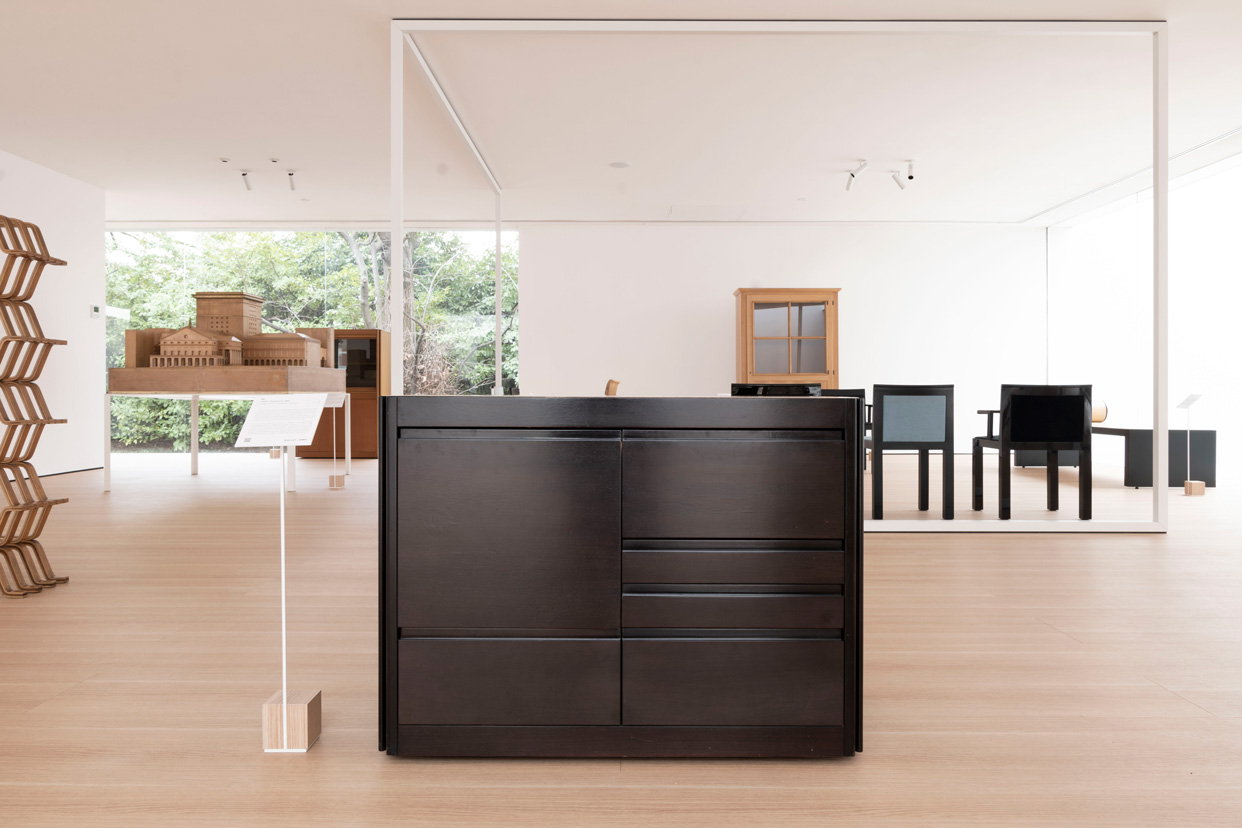
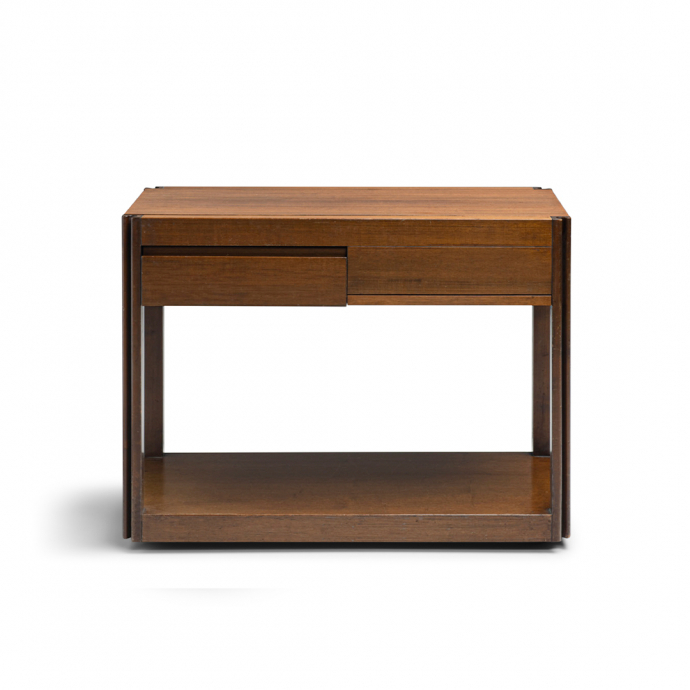
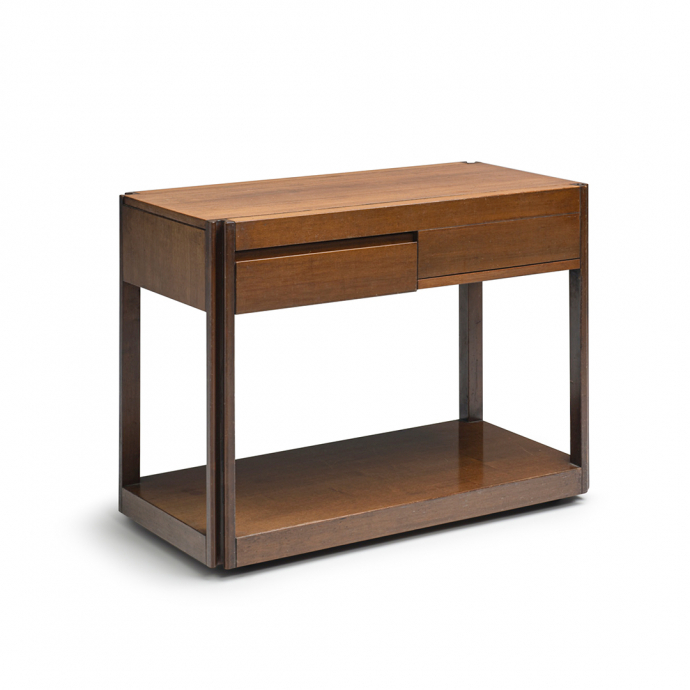
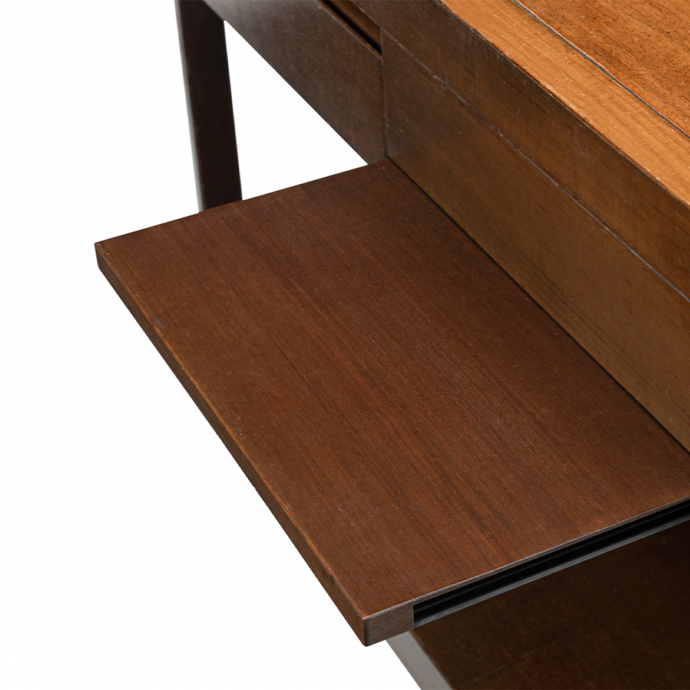
UniFor, a company within the Molteni Group, supports the exhibition "Angelo Mangiarotti. When Structures Take Shape," as a technical sponsor. The exhibition is organized by Triennale Milano from January 27th to April 23rd, 2023, curated by Fulvio Irace, with Francesca Albani, Franz Graf (architecture section), Luca Pietro Nicoletti (sculpture section), Marco Sammicheli (design section), and with the support of Giulio Barazzetta. Triennale Milano, in collaboration with the Angelo Mangiarotti Foundation, dedicates one of the most comprehensive retrospectives ever realized to the Milanese architect and designer, spanning over 60 years of activity through a wide selection of works, projects, documents, and materials, many of which have never been exhibited before.
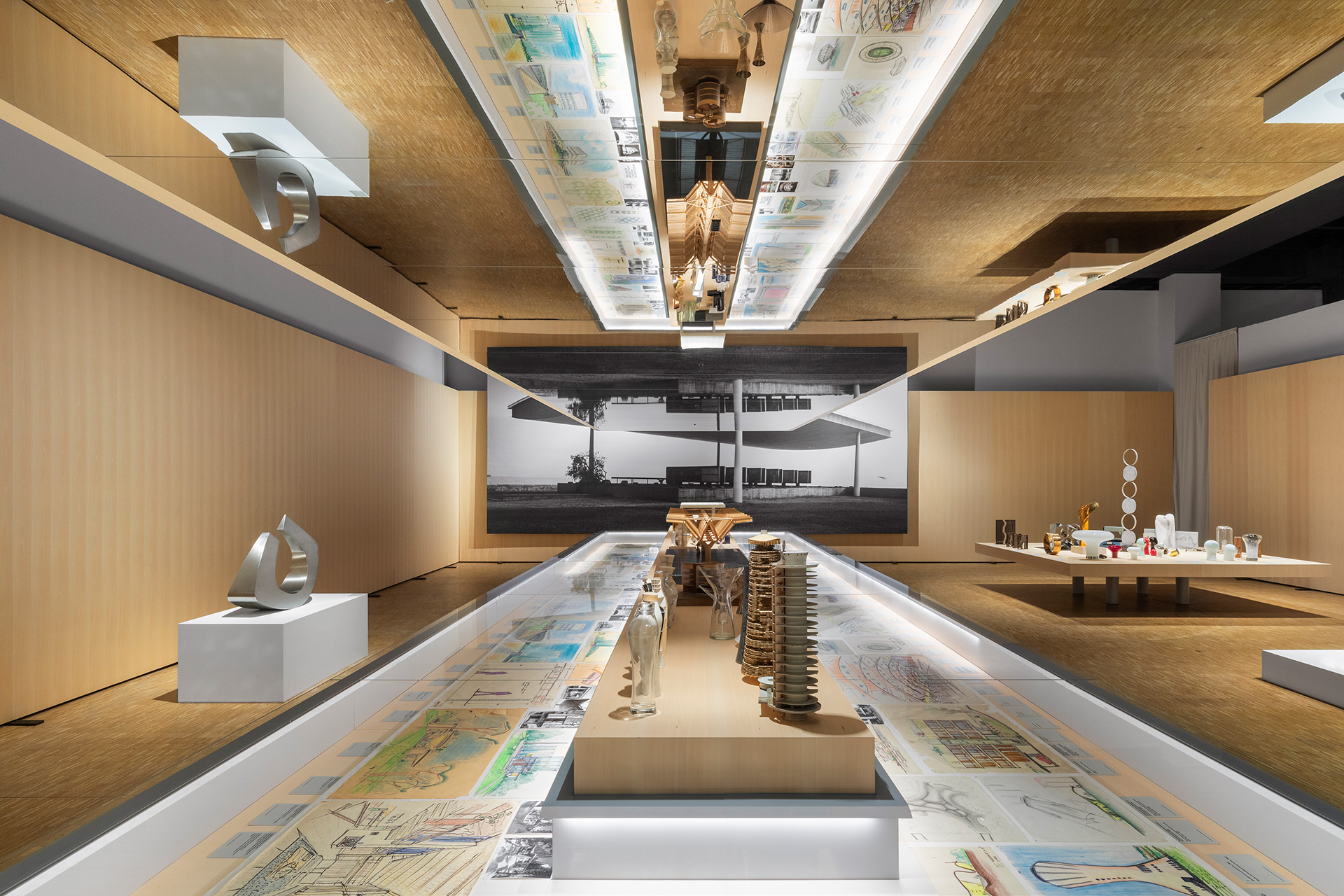
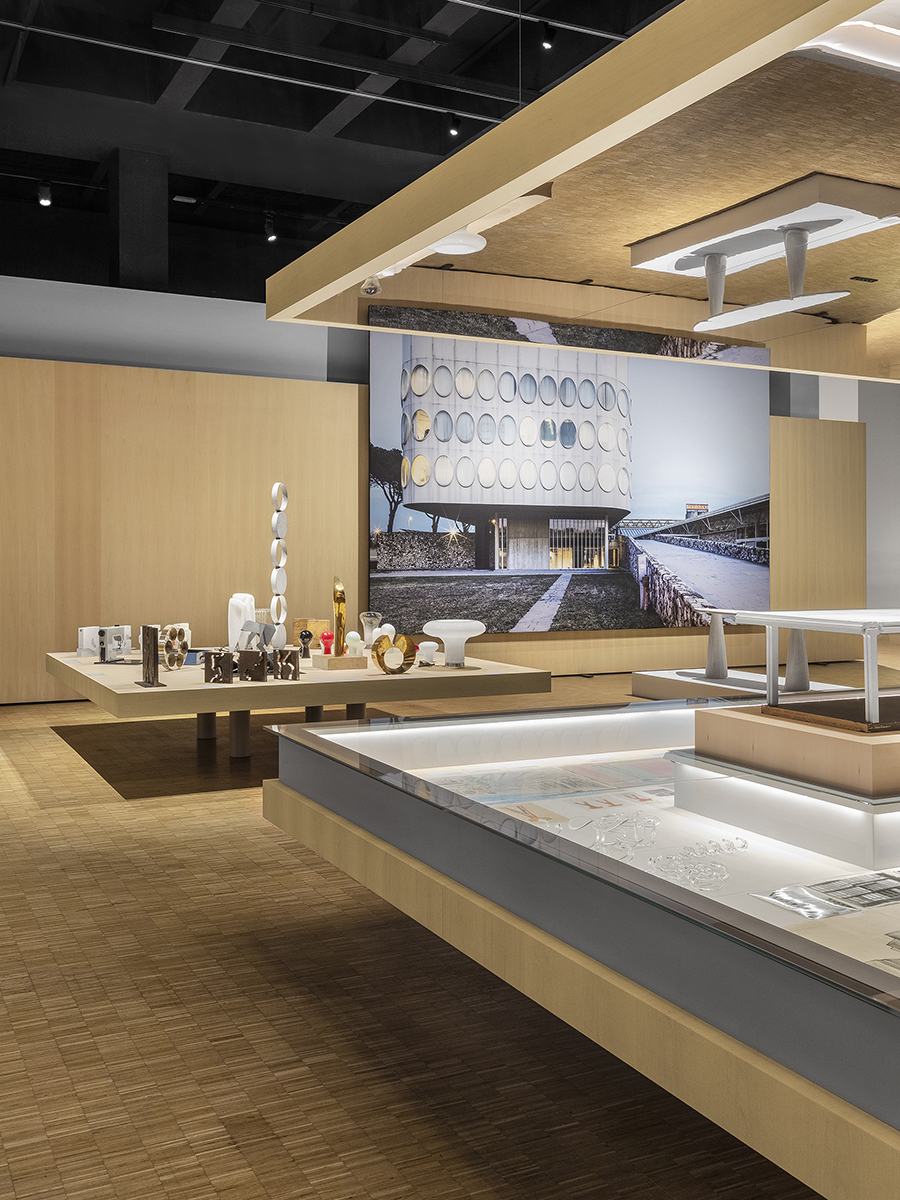
Triennale Milano, in collaboration with Fondazione Angelo Mangiarotti, is dedicating one of the most complete and exhaustive retrospectives ever devoted to the Milanese architect and designer.
The exhibition covers over 60 years of his production through a wide selection of works, projects, documents and materials - many of which have never been on public display before.
This choral narrative is the result of studies conducted since the hundredyear anniversary of Angelo Mangiarotti’s birth, which attempt to replicate the complexity and multidisciplinary nature of this intellectual, capable of embracing multiple fields in his work, while maintaining a consistent design and spirit of experimentation. The exhibition layout is curated by Studio Ottavio Di Blasi & Partners with the participation of Renzo Piano. The experimental feel typical of Angelo Mangiarotti’s studio-workshop is achieved by a series of panels, platforms and tables, in addition to large photographic prints, models, prototypes, products and sketches.
UniFor was in charge of producing the set-up. Based on the metal structure of one of the brand’s iconic products, Progetto 25 designed by Luca Meda, UniFor produced 500 m² of large basswood panels, which act as the backdrop to the display of sketches, photographs and documents. The main table, which is 12 metres in length and 3.20 metres wide, is the result of a painstaking design process conducted in close partnership with Studio Ottavio Di Blasi & Partners, and it showcases the display materials along with a second and third table.
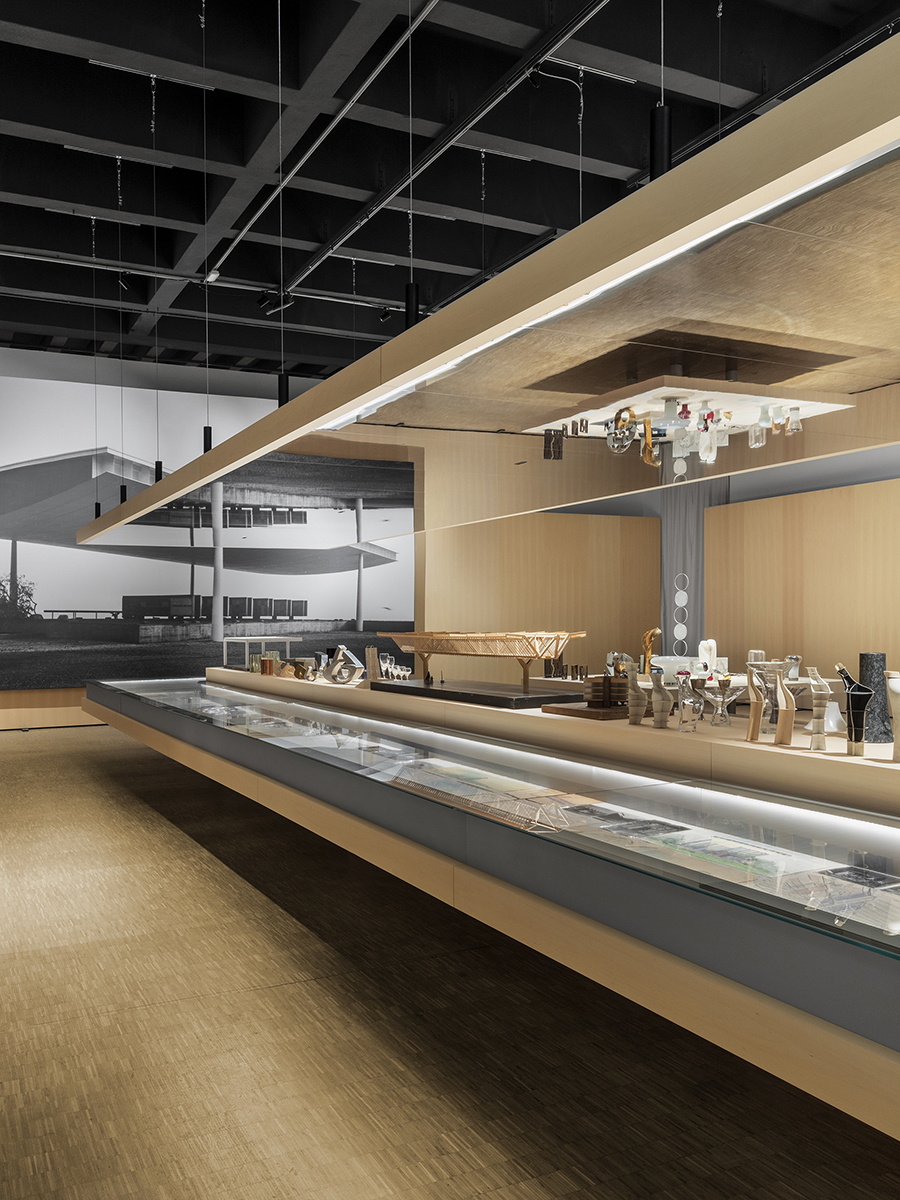
The large work surfaces, also in natural basswood, are distinguished by the presence of a raised central island used to display the models. They appear to float in mid-air as the load-bearing metal structure has been set back, while a perimeter frame incorporates the lighting system and supports the horizontal protective glazing.
The bond between UniFor and Angelo Mangiarotti is strong and long-standing. Arising from the similarity of shared views in both design and architecture, the collaboration began with the production of the 4D cabinet, which was up until the 1980s part of the Molteni&C catalogue, and with the design and construction of the architecture and interiors of UniFor’s production plant in Turate, which took place between 1970 and 1985.
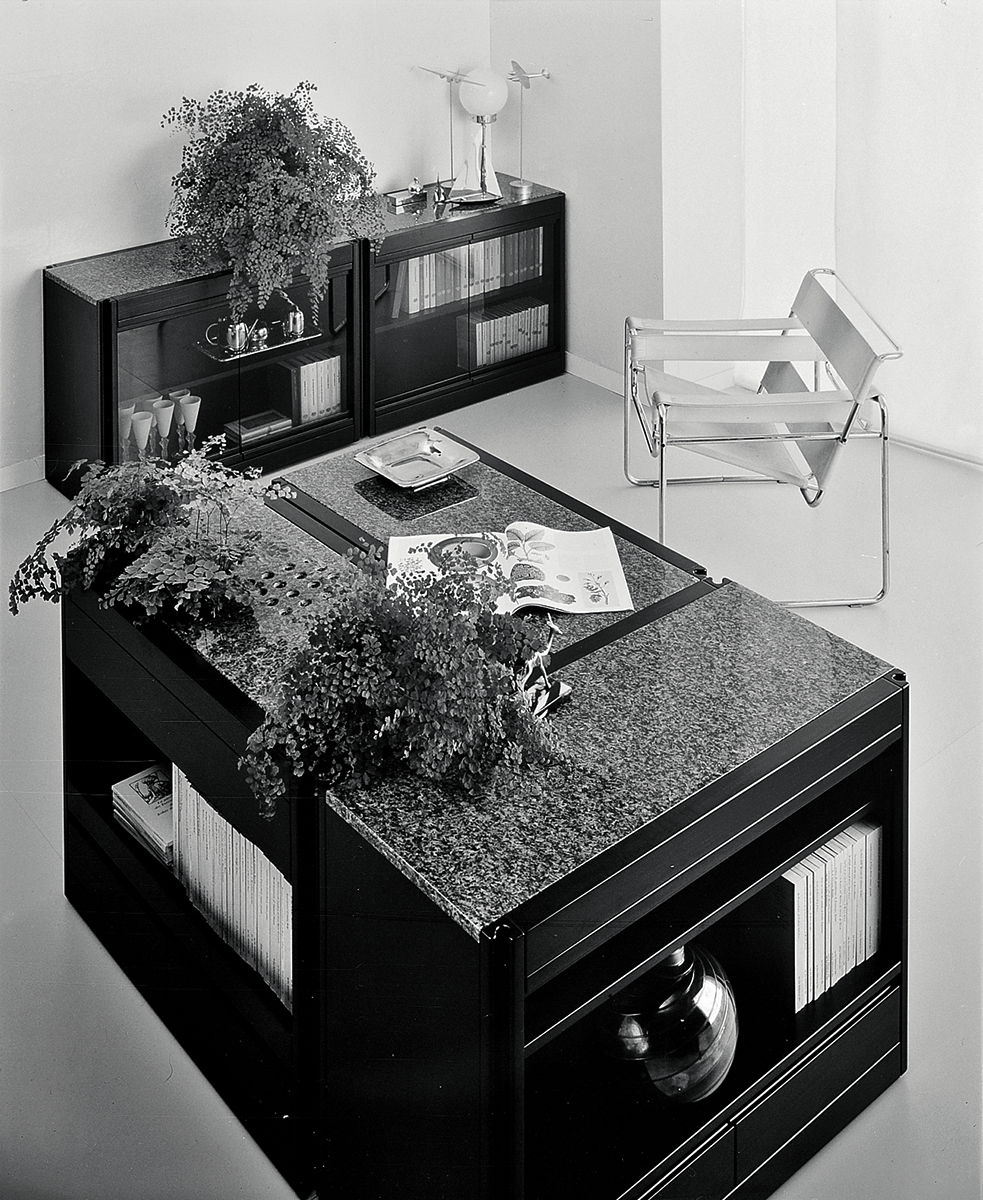
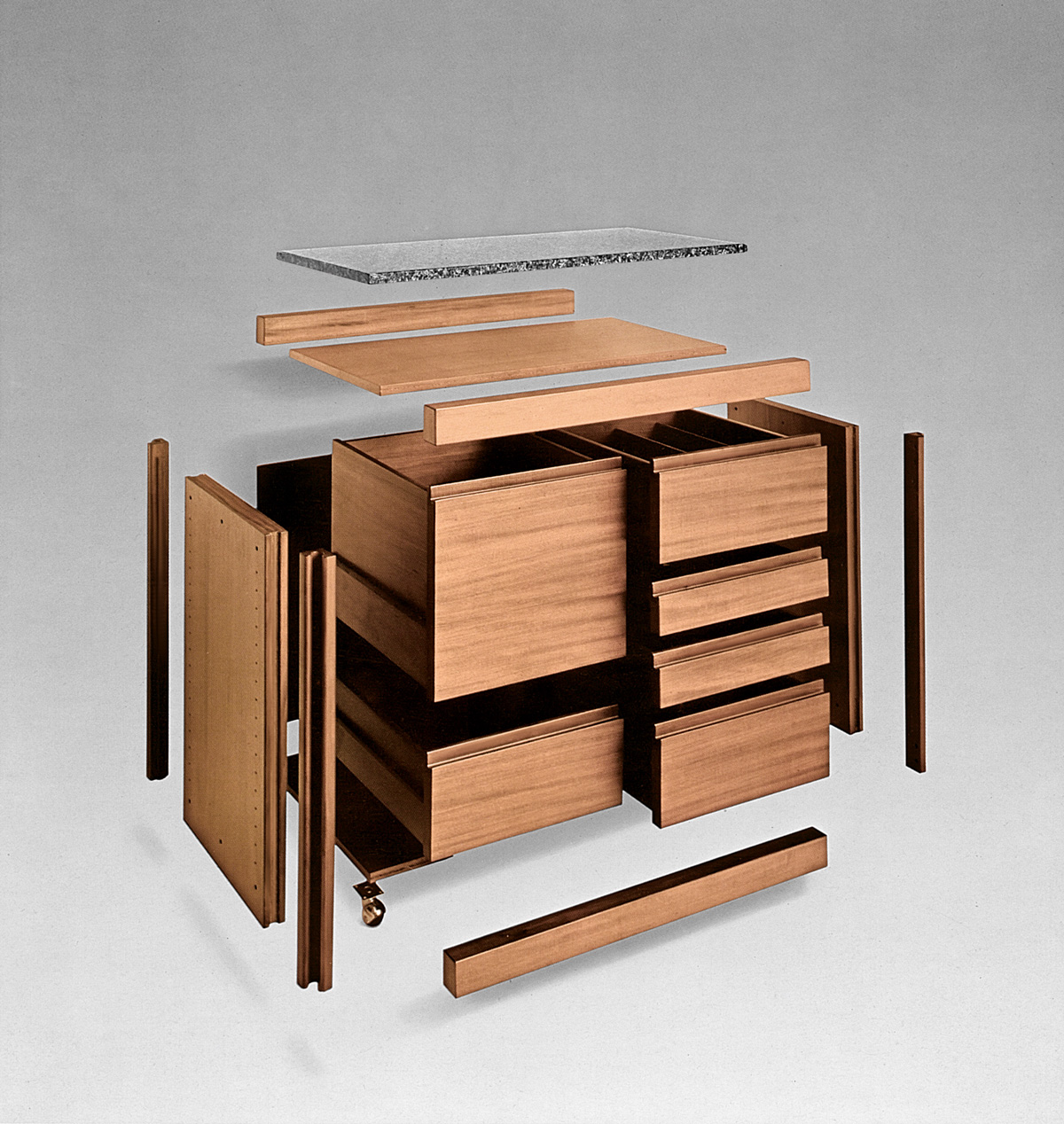
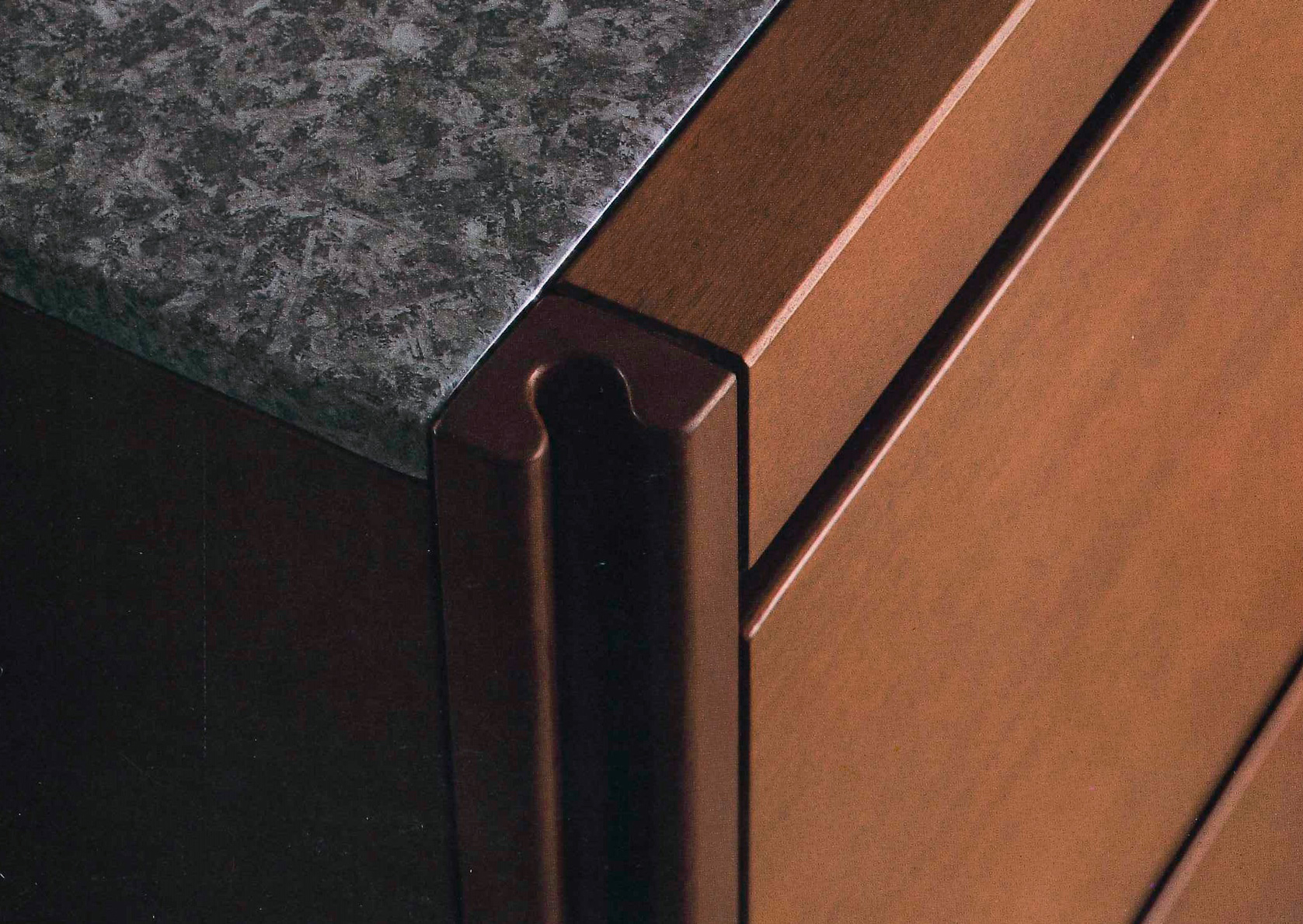
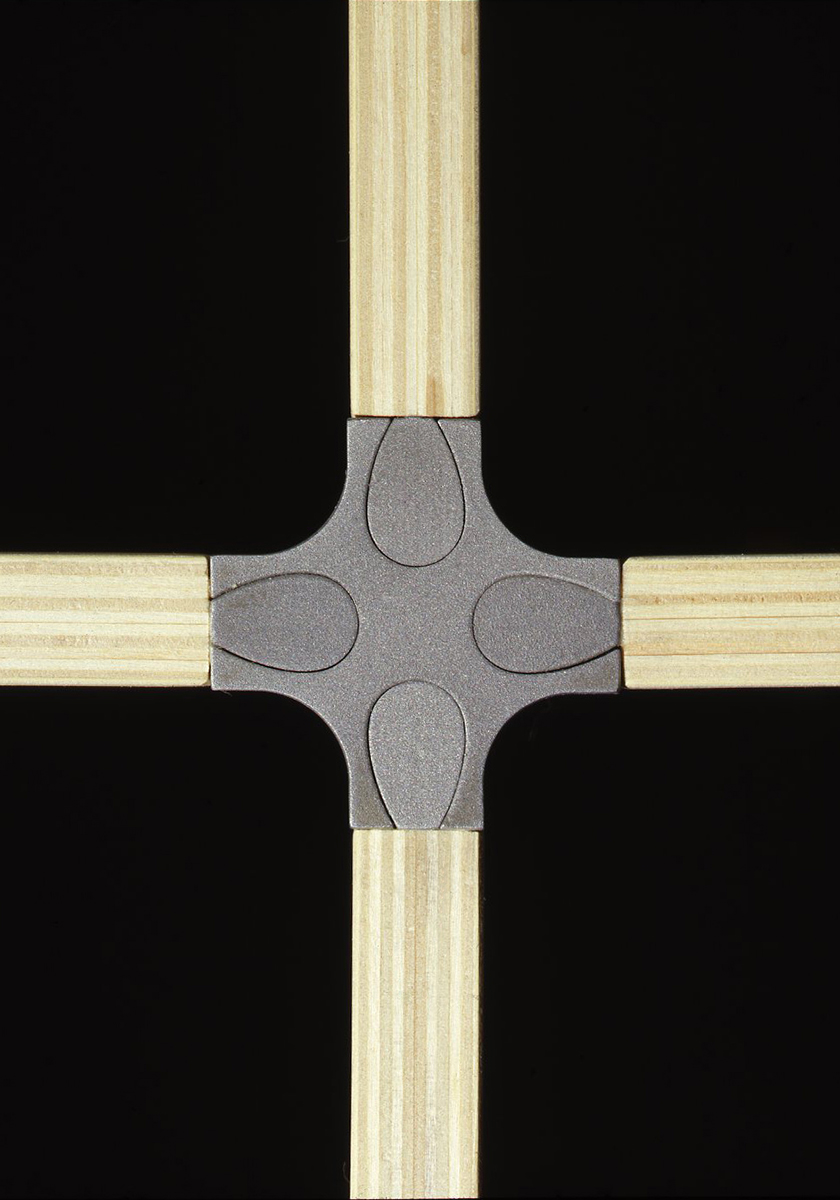
These were followed by the development during the 2000s of the Out-Inside system, a reflection on modular furniture implemented through the prototyping of one of the essential components of the architect’s thinking: the joint.
Going beyond mere architecture and design, the relationship between UniFor and Mangiarotti also succeeded in embracing his passion for sculpture, with the exhibition of the Asimmetria gravitazionale sculptures at the UniFor showroom in Corso Matteotti (2002) and the production of the Divenire sculptures for the headquarters in Turate (2003) and the showrooms in Sydney and Melbourne (2006 - 2008).
